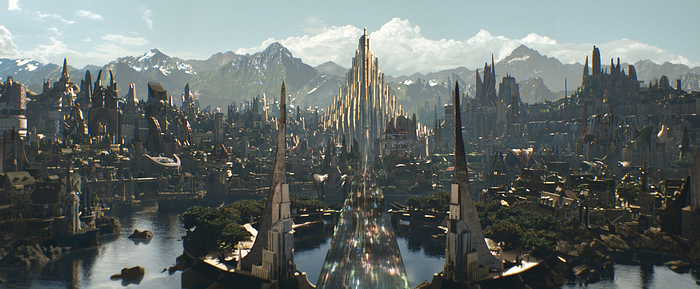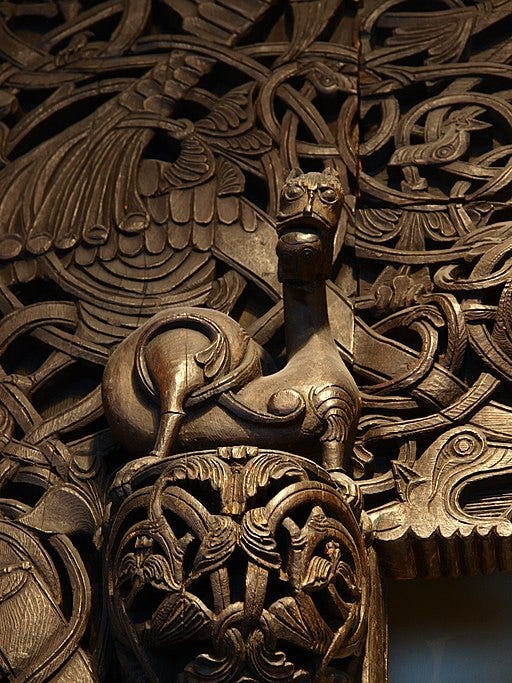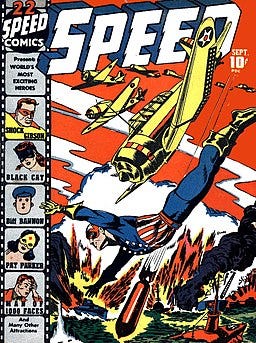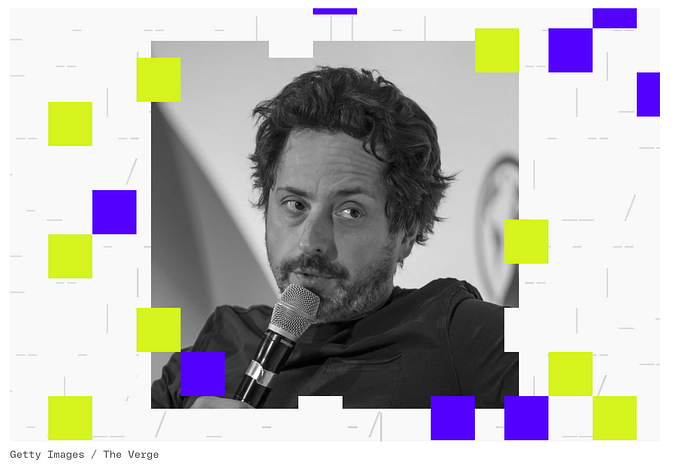What Even Is Marvel’s Asgard?
I can’t stop thinking about it, so neither can you.

While attempting to enjoy binge watching the Marvel Cinematic Universe (MCU) with my loved ones, I came to a startling realization… art history has ruined movies for me. More specifically, art history has ruined Asgard for me.
Although there are times when using my art history knowledge to poke holes in movie plots can be entertaining, it is extremely irritating when all I want to do is enjoy a film. Therefore, I am going to channel my frustrations into a whole article detailing why I have such a problem with the version of Asgard in the MCU. If I have to suffer, so too must you.
For this upsetting rant, I will be focusing primarily on the parts of Asgard that are plainly visible in the first two of Marvel’s Thor movies, those being Thor (2011) and Thor: The Dark World (2013). I want to focus on Odin’s throne, the Asgardian throne room, and the exterior of the Asgardian palace, however I also need to discuss the clothing that the Asgardians wear. I will, however, refer briefly to Thor: Ragnarok (2017), because I appreciate the direction that Taika Waititi took in designing his version of the Thor universe.
This story might include spoilers for these movies, although I will be focusing my discussion on the art direction, not on any plot points or locations outside of Asgard. You have been warned.
What stands out instantly about Marvel’s version of Asgard is that it has a distinctly Western structure, meaning that the presentation of the Asgardian realm and the people within is constructed so that a post-Christianity society could easily comprehend it. A viewer watching Thor for the first time instantly sees that Odin is king, all obey him and he sits in a throne. His wife, Frigga, is the queen but she is first and foremost a dutiful wife and a loving mother to her two sons. They are, at the end of the day, the traditional, American, nuclear family.

The Asgardians, Loki in particular, are also still somewhat stuck in a time when they were feared and worshiped by man. Although Odin acknowledges the similarities between the Asgardian and the human races, he does still exhibit a considerable amount of authority of the Nine Realms and believes he is owed the same respect in all realms that he is on Asgard. This is a Christian and Romanesque idea. Not a Norse one.
In Norse mythology, the world as the Norse people understood it was full of magic. Life itself was full of magic and wonder. It was something to be experienced and the mythologies of the Norse people reflected powerful deities who experienced or invented many of the life events and culture that the Norse people moved through on a daily basis. The Norse gods were people who could be related to. They were not people to be feared or cowered under as the Roman gods or Christian God were. (McCoy)
This distinction is important, because the same Westernization and post-Christian way of thinking seeps through the personalities of the MCU’s version of Asgardians and blends into their visual identifications. Starting with the clothing: Norse people would most likely not have worn togas. They would have been very cold if they did. (Loven)
Even after the Romans (whom many associate with the toga-style of dress, and it is fair to assume that the MCU costume designers were thinking of when designing the Asgardian wardrobe) had invaded Europe, it would have been impractical to wear the stereotypical Romanic fashions that are so apparent in Marvel’s Asgard. The clothes that the Asgardians wear look more like the robes found in depictions of Grecian pottery, where the Mediterranean climate made this clothing practical. This is a small detail, as the climate on Asgard seems lovely and mild, and therefore perfect for drifting around in flowy drapery with one’s knees exposed and wearing a heavy, metal chest plate. However, the toga-style clothes that the Asgardians wear, the women in particular, sits at extreme odds with the architecture of the palace that they spend the majority of their time in.
The art direction of the Asgardian palace is confusing, to say the least.

Lined with grand columns, much more reminiscent of a Grecian or Roman temple or a medieval Catholic church. These columns even more closely resemble those in Holywood depictions of Egyptian palaces. Long lines of ascending pillars, while they do make for a good visual gag when Loki is thrown into the mix, were simply not something that were available to the Norse people. There simply was not enough stone or manpower. When more permanent buildings were built in the Northern Europe, they were initially made out of wood. The wood pillars, in Celtic and Germanic countries, were then carved with incredible and ornate heads of fearsome creatures. To see those carvings by candlelight must have not only been intimidating, but also enraptured the imagination. Carvings like these would have been an incredible addition to Asgard’s throne room. (Stokstad)
Then there is the fact that the throne room is adorned from top to bottom in Celtic knots. Odin’s throne, too, is heavily adorned in these woven patterns and resembles a broken half of a button or an amulet. The shape of the throne is particularly interesting, as the artifacts that it resembles are some of the only objects form the Norse culture that have been discovered. These durable, often metal, objects are the only concrete proof that remains of the Norse culture from the Norse people.

Firstly, Celtic knots are not Norse. They are Celtic. While the two cultures did cross paths, as Vikings did plunder Irish monasteries, and the cultures did mesh in the Hiberno-Saxon art style, they were not common in the Norse god-worshipping cultures. (Stokstad)
Secondly, Celtic knots are rarely ever only a cluster of lines. They are, in fact, incredibly complex woven patters that can be traced from any point in a perfect and infinitely looping pattern. They also often contain windows for even more complicated designs or shapes that sometimes resemble serpents, vines, buildings, or even hands. The knots adorning the halls of Asgard have no real rhyme or reason to them besides looking pretty cool. (Stokstad)
What I will acknowledge about Asgard is that it is a nice interpretation of art deco art style. It is still frustrating that the art direction did not lean more heavily into that style as it emerged in the design.
Part of the reason that the MCU’s version of Asgard bothers me so much is that the blending of real-world historical references, that do not align, draws me out of the movie. Yes, I have spent time studying the real-world version of these art styles, but I don’t think that I’m the only one who feels this way. I think of movies like the Star Wars series and like Blade Runner that are also fantastical representations of alternate universes. Their art direction also clearly draws from the world that the viewer knows, and there are elements of the sets and costumes in these films that are clearly recognizable and could be bought in stores today. However, each planet in Star Wars has such a distinct look, from the architecture to the people, because the directors knew that this whole world needed to make sense. Tatooine is a desert planet, so the natives there dress to prepare for intense sun and sand storms. Los Angeles in 2019 is always raining, so street vendors all work under awnings, cars float, and plastic jackets are a must-have. The whole reality that these movies exist in makes sense. That is not the case for Asgard in Marvel’s Thor movies. The clothes, the architecture, and the art do not tell the story of a complete universe.
The other reason that Asgard in the MCU bothers me so much is that it perpetuates harmful historical stereotypes. The Norse culture was a beautiful, thriving, complex, and fascinating culture that is still shrouded in so much mystery. There is already so little known about this culture and so little left of it that it is a shame to see it overshadowed, yet again, by the conquering Westerners: the Romans and the Christians. Rather than expand on what information does exist about the Norse people, or even just use the Norse mythology as a loose framework on which to sculpt Asgard, Marvel chose to directly pull from the real world. Clothes from the Romans, architecture from Christianity and the Romans, and design elements from the Celts.

Taika Waititi and his team took the approach, in Thor: Ragnarok, of relying heavily on the early Thor comic book art by Jack Kirby. This approach, in my opinion, works much more effectively than pulling so directly from the real world. With Ragnarok, the art direction connects with the viewer on a nostalgic level because it is visually similar to an already complete universe that is familiar to many. The other Thor movies depend on a false understanding of history that many viewers have a fleeting grasp on as it is. (Hennah)
Inventing a new universe is difficult. Just like in the real world, fictional worlds have many moving pieces that all struggle to fit together. For a viewer, though, who is walking into a fantasy world for the first time, the most effective way to engage them and fully welcome them into this new universe is to use real world inspiration as a trunk from which to grow, not a crutch to depend on.
I suffered with these thoughts, now you must also.
Works Cited
Hennah, Dan, Ra Vincent, Chris McMahon, and Chris Williams. “Go behind-the-scenes of the ‘Thor:Ragnarok’ set design,” QAGOMA, Aug. 13, 2017, video, https://www.youtube.com/watch?v=0PWn3Lu_Q78.
Loven, Nicole, Sarah Cliffe, Judith Jones, and Steve Jones. “Getting Dressed in 7th Century Britain,” CrowsEyeProductions, July 29, 2021, video, https://www.youtube.com/watch?v=q877Z5eePVg
McCoy, Daniel. “Velkomin. Welcome. What is Norse mythology?” Norse Mythology for Smart People, https://norse-mythology.org/. Accessed Aug 28, 2021.
Molumby, Deirdre, and Taika Waititi. “Thor: Ragnarok director Taika Waititi interview,” Entertainmentie, Oct. 23, 2017, video, https://www.youtube.com/watch?v=-n3yO3k8fbo.
Stokstad, Marilyn, and Michael W. Cothren. Art History: Ancient Art. London, Laurence King Publishing Ltd, 2013.
Stokstad, Marilyn, and Michael W. Cothren. Art History: Medieval Art. London, Laurence King Publishing Ltd, 2013.







